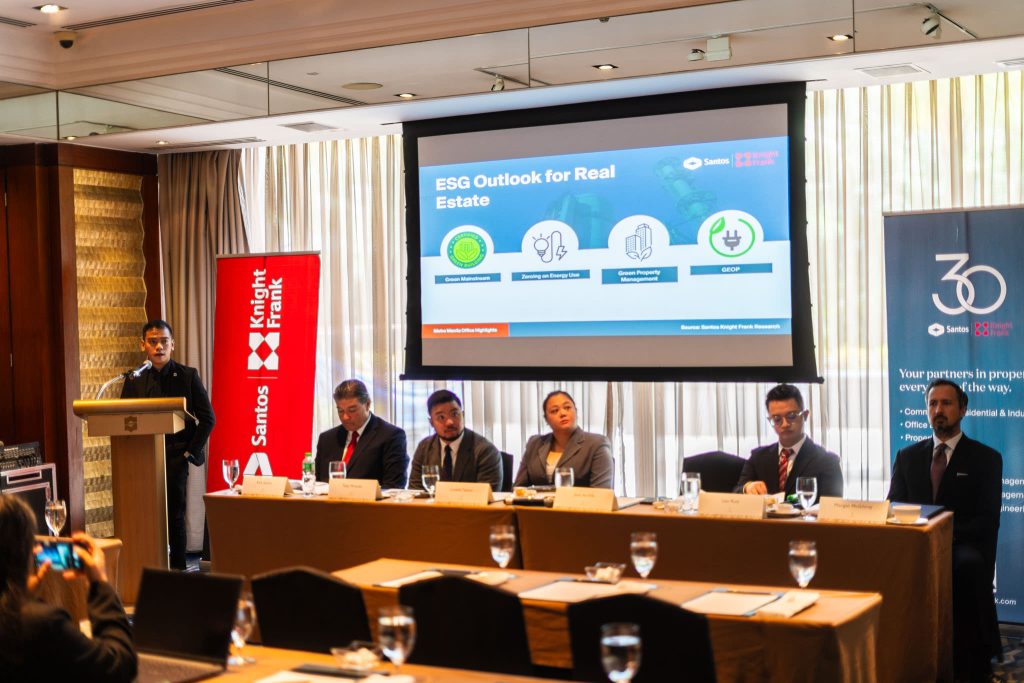13% of building expenses are dedicated to utilities, including cooling and lighting systems, as seen in our H1 2024 Metro Manila Property Market Report. For building owners, this translates into higher expenses (energy cost) and increased pressure to find cost-effective solutions. For occupiers, it means elevated utility bills that can impact their budget and profitability.

Other building management expenses include Contractors and Manpower, the highest among other factors at 43%, Repairs and Maintenance follows at 15%, Taxes at 11%, Permits and Licenses at 9%, Office Expenses at 2%, Professional Fees at 2%, and Other Expenses at 5%.
In today’s world, where sustainability is becoming a priority, strategies are in place to lessen energy emissions. What are some of them? How can you apply them in your day-to-day operations? Here are a few strategies to consider:
How to Lessen the Energy Cost
Set A/C to Comfort Cooling
Air conditioning is the largest consumer of energy among utilities, as revealed by an energy audit conducted by the Santos Knight Frank ESCO team. This high level of energy consumption highlights the need for effective strategies to manage and reduce cooling costs.
One effective approach is to use comfort cooling, which involves setting the A/C to a temperature of 23-24°C. Studies have shown that this practice can improve energy efficiency by 17%, offering a significant opportunity for cost savings and reduced environmental impact.



A survey of 32 prime commercial Metro Manila buildings reveals that in the highly urbanized area of Bonifacio Global City (BGC) in Taguig, only 80% of new participating buildings have been applying comfort cooling in their properties.
While urbanized areas in the Philippines, such as BGC, may contend with significant heatwaves, there remains substantial potential for improving cooling system configurations to reduce energy consumption. Even green-rated buildings can enhance their cooling strategies to achieve better energy efficiency and lower utility costs.
Switch to LED Lighting
Apart from air conditioning, the ESCO team at Santos Knight Frank also identifies lighting as a major energy consumer among utilities. Managing lighting effectively is crucial for reducing overall energy costs.
One effective approach to achieve this is by switching to LED lighting. LED lights are known to be 25% more energy-efficient compared to traditional lighting options, making them a valuable choice for energy savings.
In the recent survey, it was found that 100% of new participating buildings in Makati, BGC, and Ortigas have adopted LED lighting practices. In contrast, only 33% of new participating buildings in Alabang have made this switch.
Do H/VAC Prevent Maintenance



Commonly found in commercial and residential buildings, H/VAC is a necessary system to maintain temperature, humidity, and air quality.
HVAC/R systems consume a significant portion of a building’s energy. Efficient temperature control minimizes energy waste by ensuring systems only operate when necessary and at optimal levels. This helps reduce utility bills and lowers the building’s carbon footprint.
Why Being Green Matters, and How We Can Help You
In addition to implementing practices to reduce energy costs, sustainability is a crucial topic that deserves attention. While it may not be the top priority in the Philippines at present, laws like RA 11285 are a start in promoting energy conservation.
Complying with these regulations is not only a legal obligation. This also aligns with the preferences of tenants, especially those from the international market, who increasingly favor green buildings for their commitment to sustainability.
Our Energy, Environment, and Engineering Management team is here to assist you in navigating these challenges and enhancing your property’s efficiency and sustainability. Contact us today to explore how we can support you in achieving energy efficiency and environmental compliance while meeting the expectations of today’s eco-conscious tenants.
- Tags:


